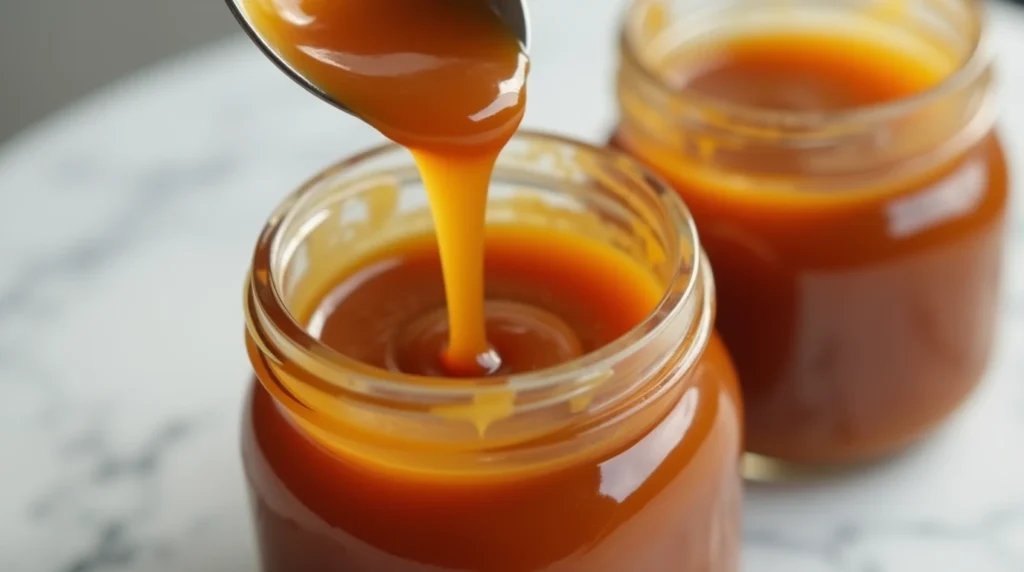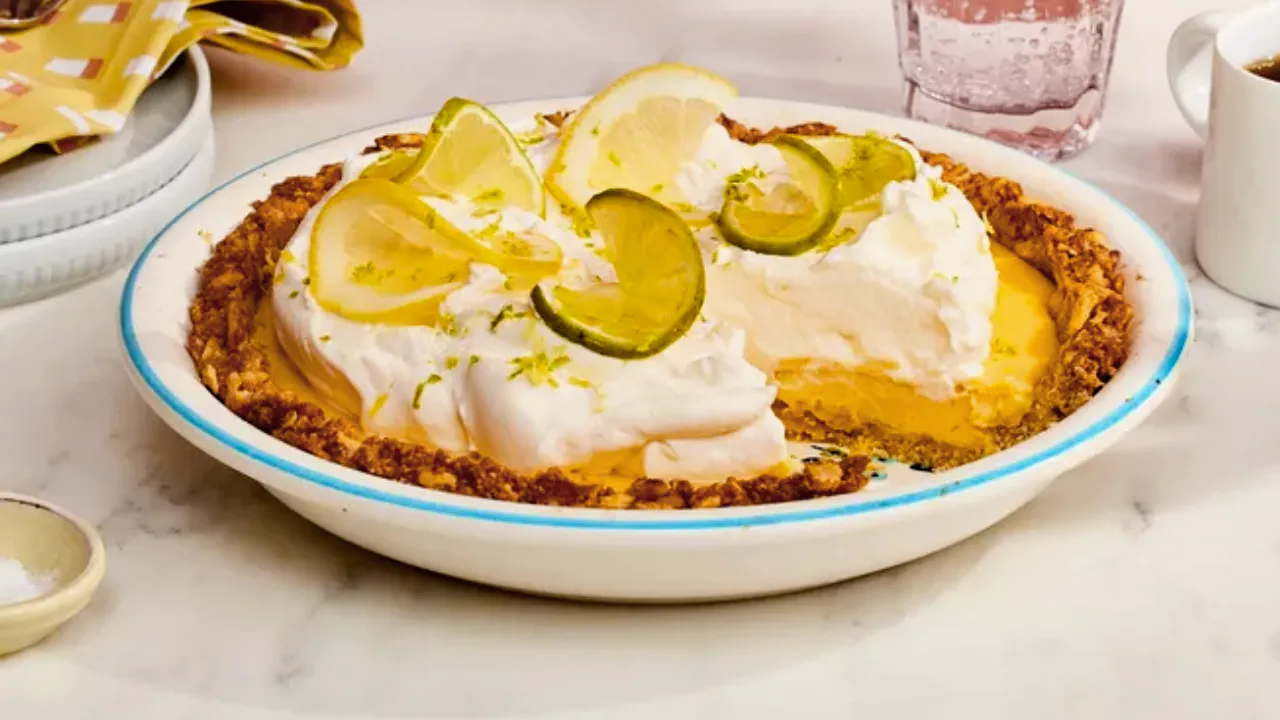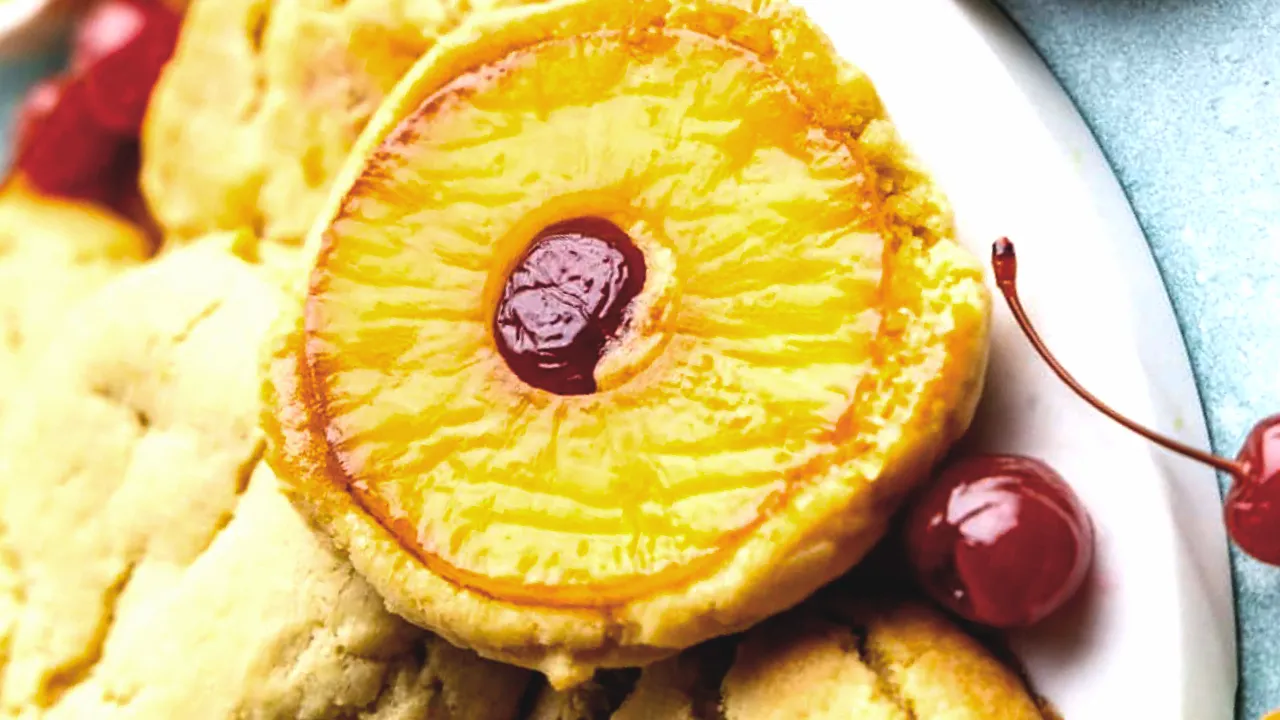When it comes to creating rich, flavorful desserts, understanding the differences between caramelized vs brûlée is essential. These two sugar-browning techniques may seem similar, but they have distinct processes and unique culinary applications. Whether you’re enhancing a savory dish or perfecting a dessert, mastering caramelized vs brûlée methods can transform your cooking.
What is Caramelization in “Caramelized vs Brûlée”?
Definition and Process
Caramelization is a natural browning process that occurs when sugar is heated. During this process, sugar molecules break down and recombine, creating complex flavors and a rich golden-brown color. This technique is not only limited to added sugar; it can also occur with the natural sugars in fruits and vegetables.
Applications in Cooking
Caramelization enhances the flavor of a wide variety of dishes, from savory to sweet. Some popular examples include:
- Caramelized onions, which add depth to soups, sauces, and pizzas.
- Desserts like flan or caramel sauce.
Pro Tip: To perfect caramelization, maintain a consistent medium heat to avoid burning.
Learn more about the science behind caramelization at Danica Recipes.
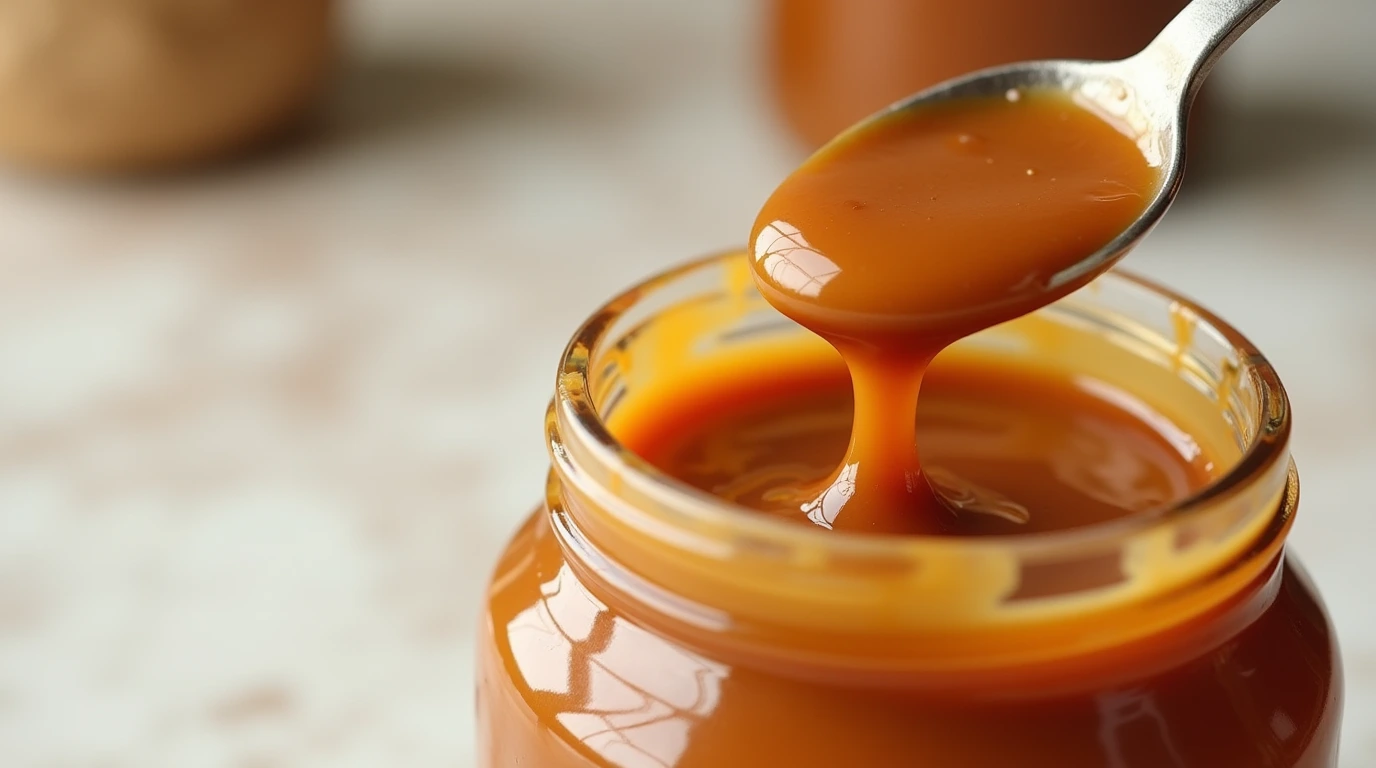
What is Brûlée?
Definition and Origin
Derived from the French word for “burnt,” brûlée refers to a culinary technique that involves creating a hard, caramelized sugar crust on the surface of desserts. This method is best known for its use in crème brûlée, a creamy custard topped with a glass-like sugar crust.
Tools and Methods
To achieve the perfect brûlée, a kitchen torch is commonly used to evenly caramelize the sugar. Alternatively, an oven broiler can serve as a substitute. The key is to use granulated sugar, which melts and browns uniformly.
Discover expert tips on how to caramelize crème brûlée at The Spruce Eats.
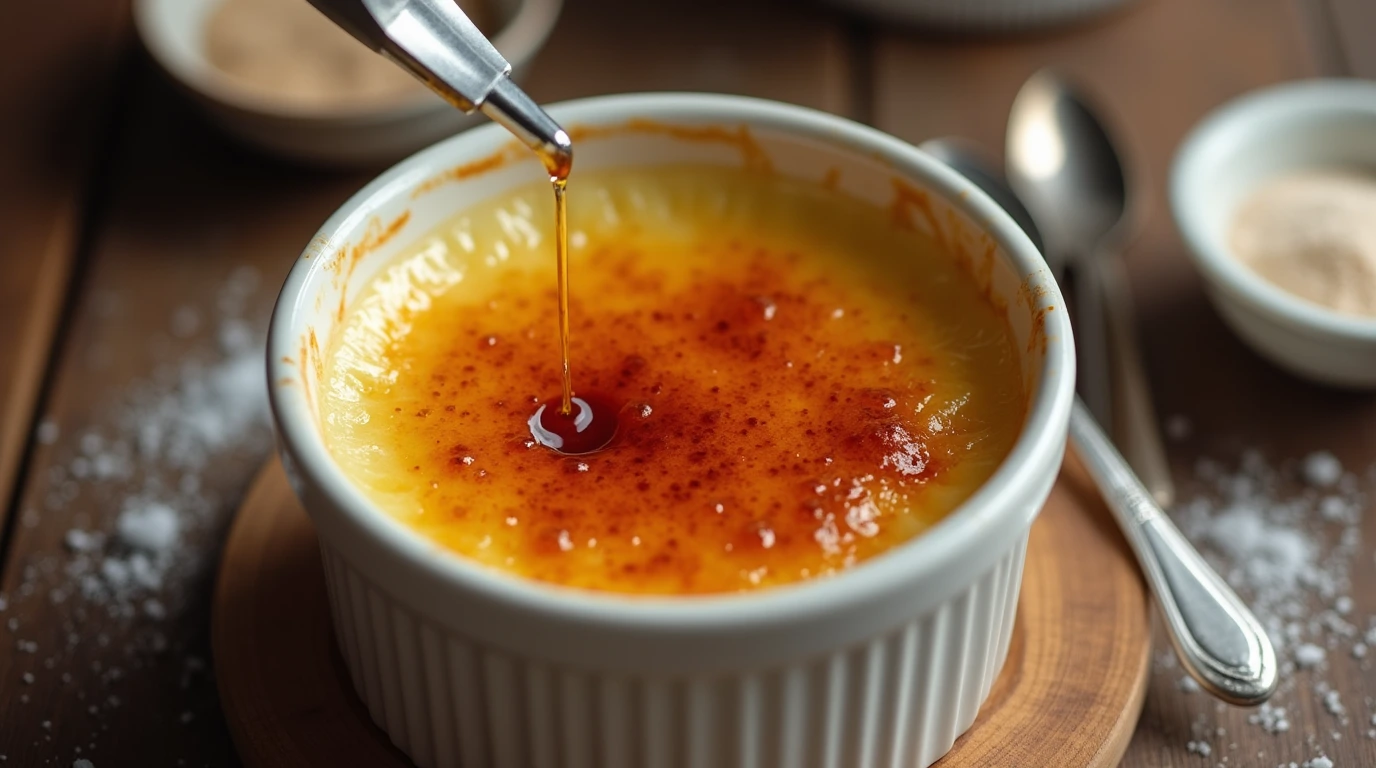
Key Differences Between Caramelization and Brûlée
While both involve the browning of sugar, their processes and results are distinct:
- Process:
- Caramelization occurs naturally with heat and involves the breakdown of sugar molecules.
- Brûlée is a deliberate torching process that focuses on creating a crispy sugar crust.
- Texture and Flavor:
- Caramelized dishes are soft, rich, and sweet.
- Brûléed dishes have a unique brittle texture with a bittersweet flavor.
- Applications:
- Caramelization is versatile, enhancing savory and sweet dishes alike.
- Brûlée is specifically used to top desserts like crème brûlée.
Common Misconceptions
Are Caramelization and the Maillard Reaction the Same?
No. While both involve browning, caramelization only deals with sugar. The Maillard reaction occurs between amino acids and reducing sugars, often seen in grilled meats and baked bread.
Can You Brûlée Without a Torch?
Yes! An oven broiler is a practical alternative, though it requires careful monitoring to avoid burning.
Frequently Asked Questions (FAQs)
What types of sugar are best for brûlée?
Granulated white sugar works best due to its even melting and browning properties.
Can caramelization occur without added sugar?
Yes. Natural sugars in foods like onions and carrots caramelize when exposed to heat.
What dishes benefit most from caramelization?
Both savory dishes, such as roasted vegetables, and desserts like caramel sauces, benefit significantly from caramelization.
Conclusion
Both caramelization and brûlée are essential techniques in the culinary world, each offering unique textures and flavors. Understanding their differences allows you to experiment with confidence, whether you’re crafting a savory dish or a sweet masterpiece. So grab your torch or your skillet and explore these sugar-transforming methods in your kitchen today!
For an in-depth comparison, check out Gusto Meadow’s guide on crème caramel and brûlée.

